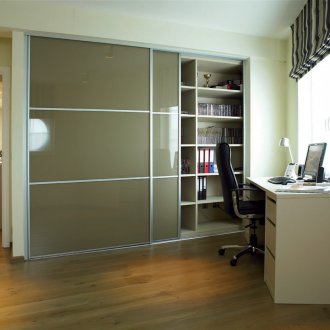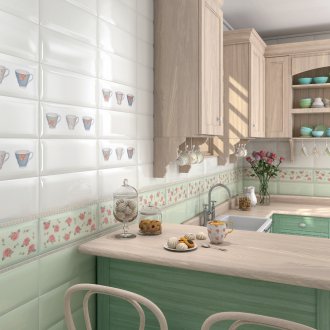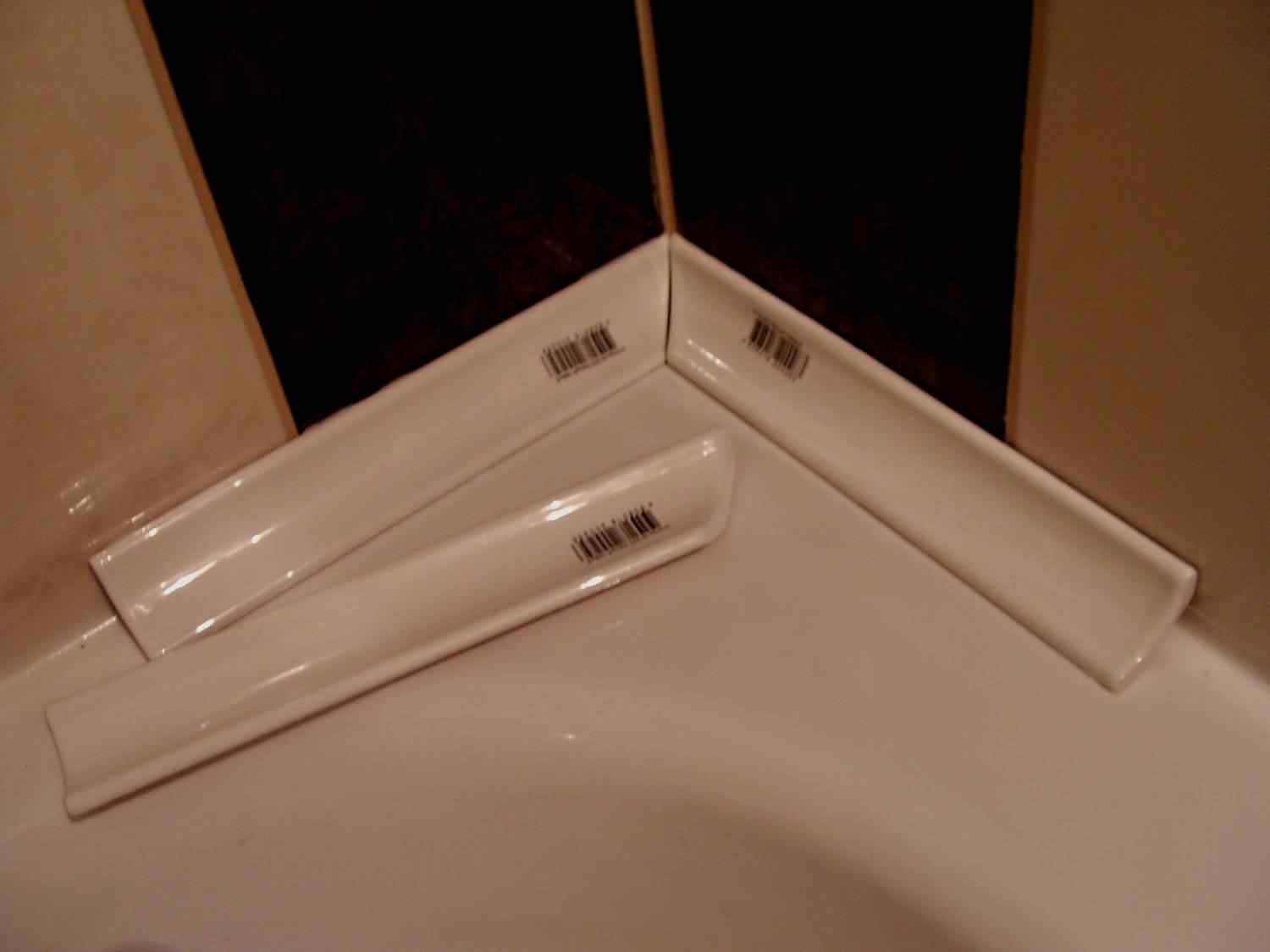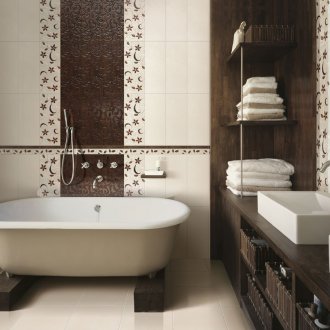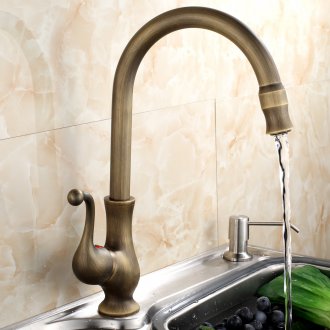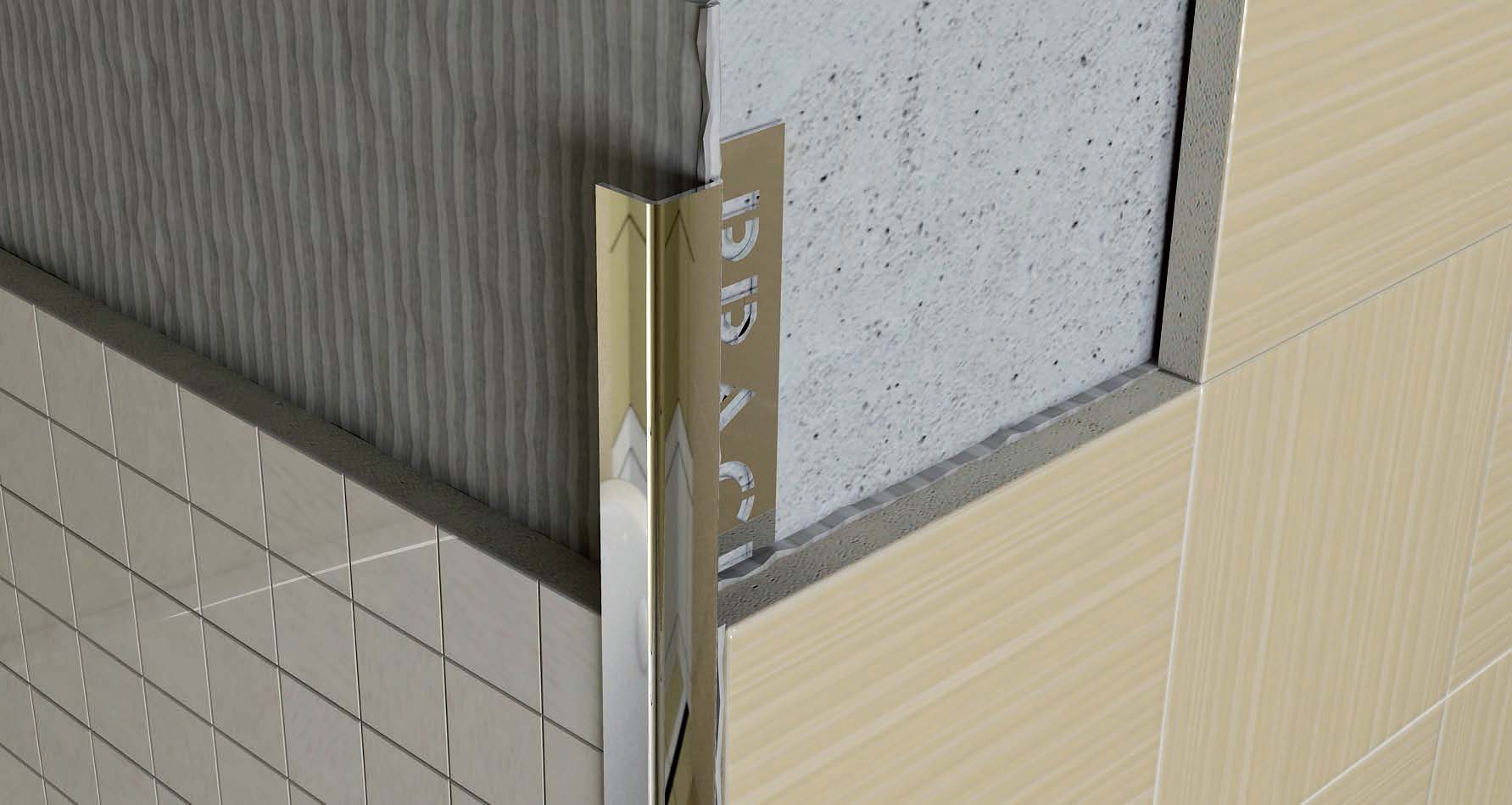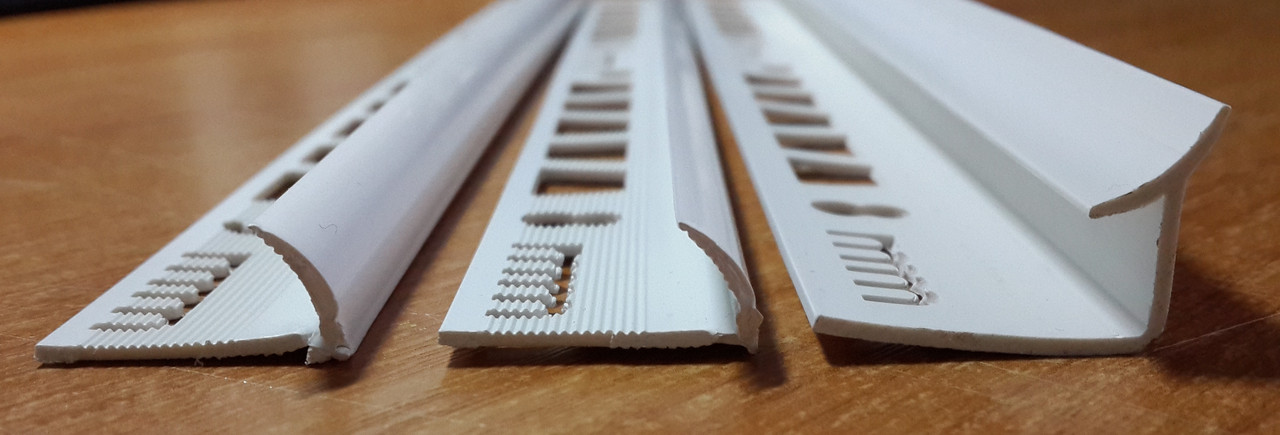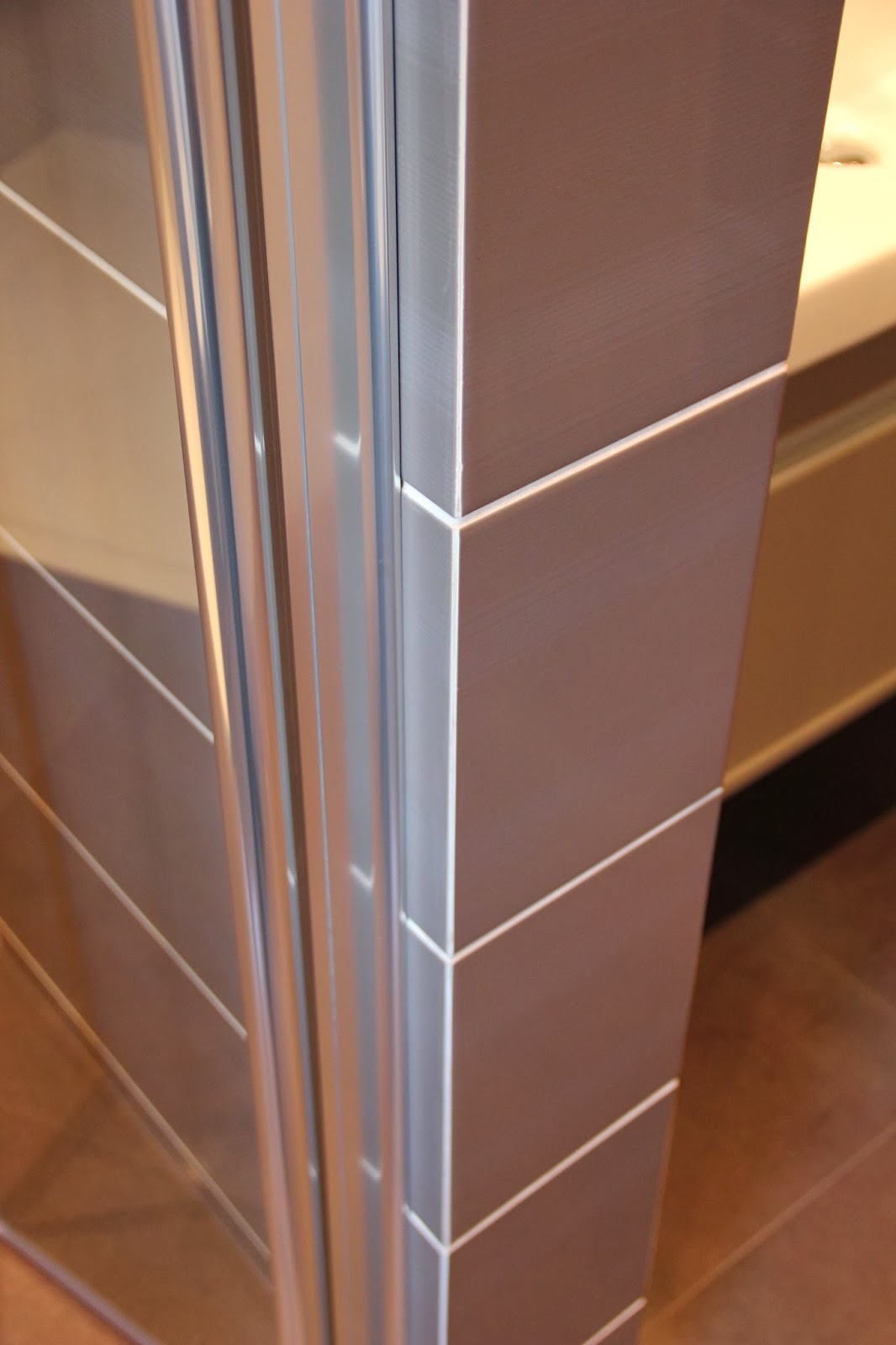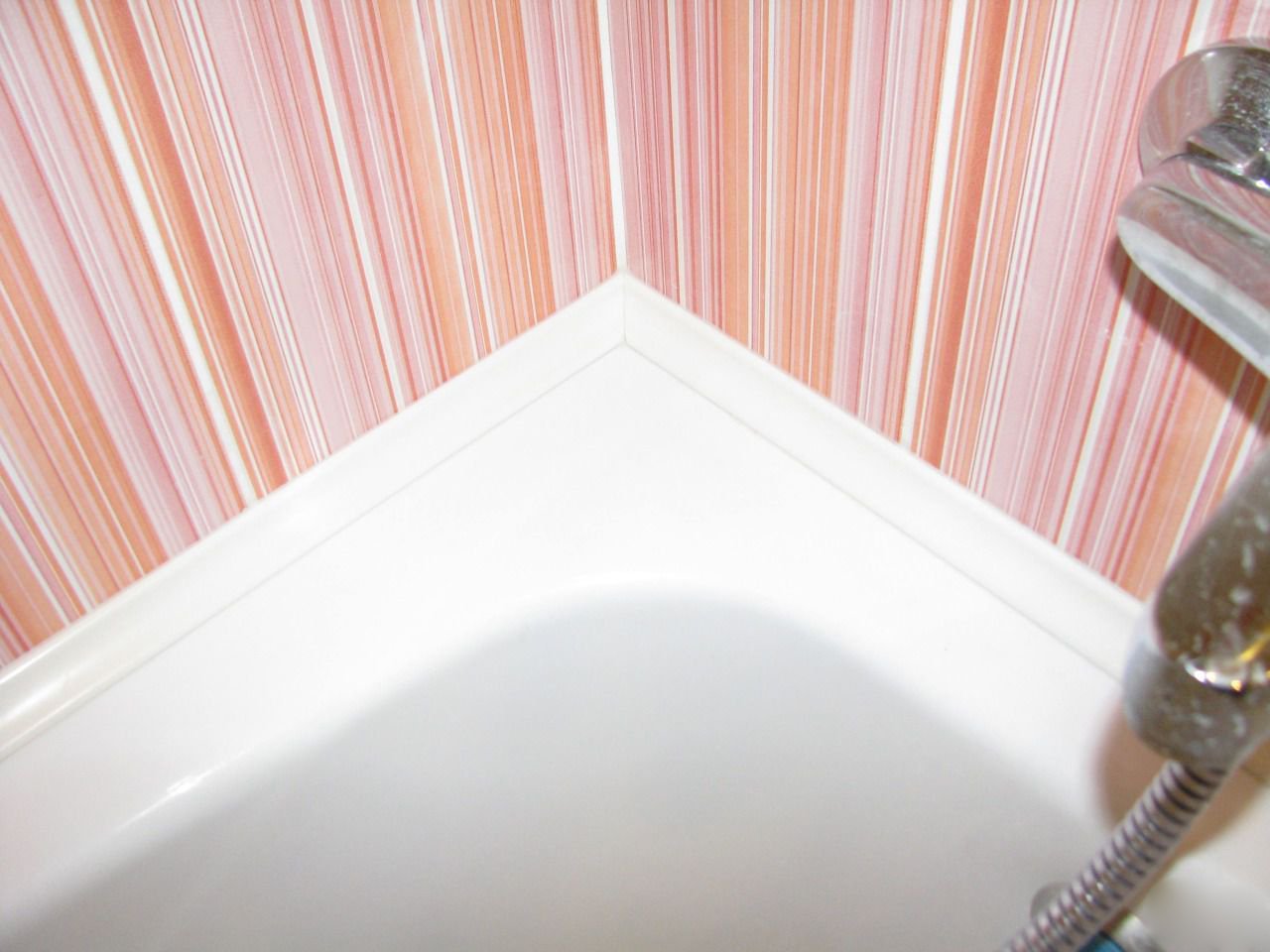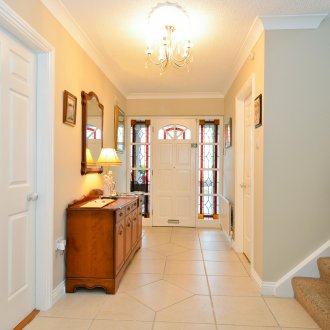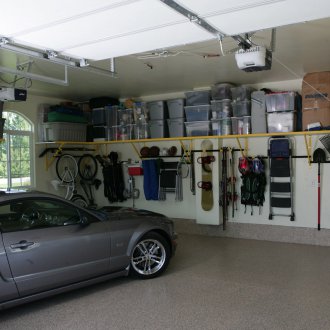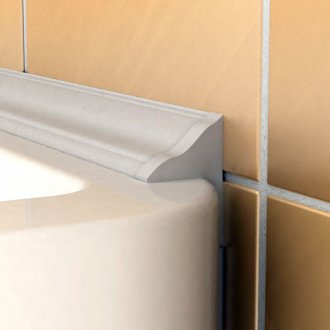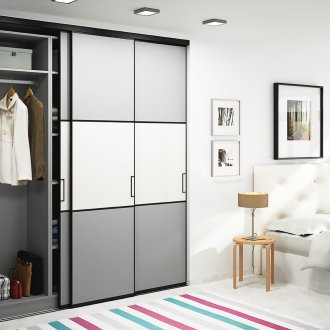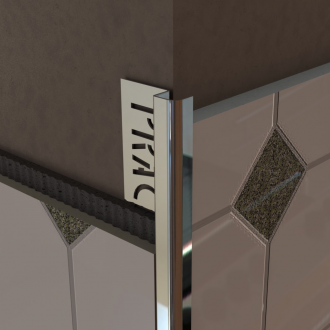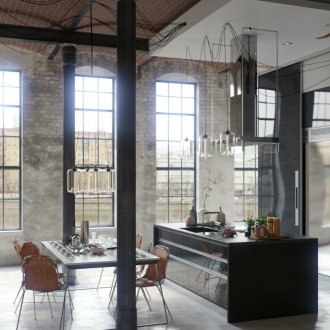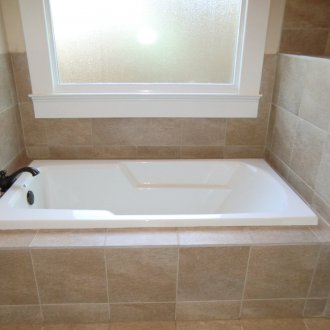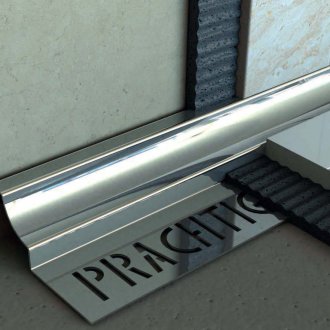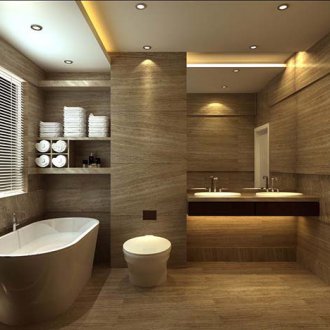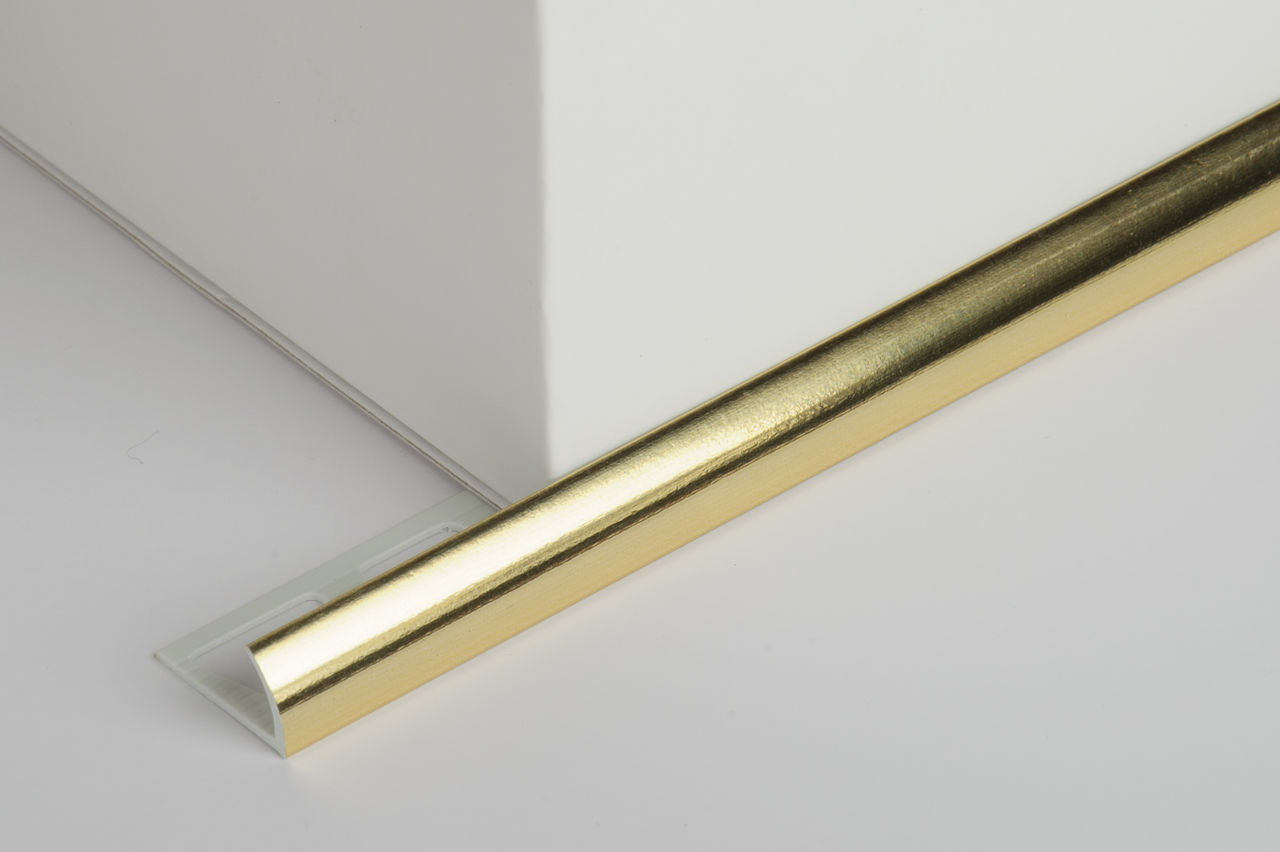Corner for tiles: actual decoration (22 photos)
Content
Almost every person at least once in his life thought about repairing in the bathroom. Everyone wants to have a beautiful bathroom, where quality tiles are laid. In order for the appearance of the tile to have beauty and quality, corners for tiles in the bathroom are used. They also extend the life of the tiles and create a neat appearance of the room. Corner for tiles allows you to make corners with a high degree of accuracy.
Features and classification
Corners for tiles are considered finishing materials that add aesthetics and completeness to the interior. Their main advantages include:
- allow you to accurately place joints on complex areas;
- used during the laying of tiles and after the final work;
- give completeness to the aesthetics of the interior.
Based on the features, there are such types of corners in shape:
- external - are used for convexity of the angle;
- internal - used at internal corners, have a concave shape.
The external type is used in the design of the walls. Thanks to them, you can hide the sharp parts. Interior views are often used to give evenness between the bathroom and tiles, as well as when arranging corners.
The following varieties are known for their artistic qualities:
- decorative - created for decoration, can be made in various colors and shapes;
- functional - the rest, not related to the performance of decorative functions.
The functional type is durable and resistant. The decorative look is most often made from PVC, but ceramic options are possible.
Depending on the material used for the production of corners, these types are distinguished:
- Aluminum is characterized by color neutrality, it is considered the most suitable option for various styles. It goes well with many colors and plumbing equipment. For the design of outdoor tiles, aluminum is valued for its versatility.
- PVC is characterized by lightness and flexibility. Are applied at any stage of gluing. Performed in different colors.
- Corrosion-proof material is characterized by durability and density. Frequent color options are gold and silver, but there are also chrome, nickel and brass.
- Ceramic is characterized by patterned design. Most often present in the composition of the tile.
The aluminum corner for tiles is suitable for modern types of interior. PVC corners are used for complex joining, but this kind of appearance can affect the increased formation of mold between the bathroom and the tiles. The metal corners for tiles in the bathroom are applicable after creating moisture-resistant conditions, since the constant exposure to water causes the coating to be removed. Corrosion-proof corners complement the interior image, so you should not choose a catchy look. Ceramic corners for tiles are considered a costly design for docking joints.
Advantages and disadvantages
The use of the corners between the tiles is justified by such advantages:
- facilitating the installation process due to the exclusion of trimming tiles;
- increase in the strength of the walls - connect the rows between the corners;
- increased moisture resistance of tiles. Exception: the appearance of fungus and mold in a tile seam;
- reduction of injury risk - the outer corner makes blunt joints, which eliminates the appearance of injury when falling;
- reduction of chips when cutting tiles;
- beautiful facing - based on the use of decorative species.
Due to a number of advantages, these structural parts are the most suitable application for repair. Moreover, the complexity of the process is reduced.
There are still certain disadvantages of various profiles:
- the high cost of the ceramic type corner;
- laying of a ceramic profile differs in difficult manipulations;
- plastic types of white color after some time become yellow (therefore, it is worth choosing colored or black);
- if there is a gap when laying a plastic profile, moisture may enter;
- when working with a metal corner, you should check for evenness, since it cannot be corrected;
- a profile with chrome, mounted on a surface where there will often be movement, loses its hue very quickly.
Although there are many shortcomings in profiles, the use of these elements nevertheless simplifies the process of laying tiles.
Application methods
The use of corners varies depending on the type. If you just want to ennoble the room, then plastic models will do. Ceramic elements are expensive, so they will make the room "rich." In retro style, a brass profile is used or in conjunction with chrome.
In order for the result to be satisfactory, the following rules should be followed:
- when using corners made of metal, you should check for evenness, since bending can lead to damage to the calculation;
- the use of the profile will positively affect the strength of the structure;
- preliminary measurements of the height of the wall, taking into account the ceiling and border elements, will exclude unnecessary manipulations with cutting of facing details;
- styling should start from the corner that takes the first look so that it is accurate when the next difficulties arise;
- in a situation of uncertainty in the choice of colors should focus on the optimality of the use of an external metal element;
- plastic corners and corners for ceramic tiles in size should be 2-3 mm thicker than the tile itself in order to approach the recess.
Fixing corners is easy, but you need to do everything carefully and accurately.
Installation of an external corner
External corners give additional strength to the protruding part at the junction. Corners can be made of PVC, metal and ceramic. Mounting Scheme:
- measure the desired size and cut;
- attach temporarily to the corner of the wall;
- place a tile in both channels and make notes;
- remove the tile;
- spread glue in the corner area and place the profile according to the notes;
- using a spatula with teeth, spread the glue on the tile and place it in the grooves;
- firmly press the profile and tile to the wall;
- clean the outer surface of the glue by wiping it dry;
- using masking tape, fix both tiles and a corner for a day.
The ceramic corner for the bathroom on the tile is used for two purposes: to achieve the evenness of the corner zone and to give the artistic beauty of the surface. The color image can be black, color or chrome or have a brass hue, depending on the entire interior of the room. You can use contrasting colors.
If the room is constantly humid, you should purchase a profile with a rubber gasket to ensure sealing.
Mounting the inner corner
An internal corner for tiles in the bathroom helps to create an internal corner zone. It can be made of ceramics or aluminum, and also represent a flexible PVC profile. The main stages of the process:
- to put glue on a tile;
- to put glue on a wall where the internal profile will be placed;
- place a corner;
- install the tile in the profile channel and stick it (using a construction cross, observe the gap with the previous tile);
- stick another tile by placing it in the profile channel;
- after a day, make a decorative grout.
Many are interested in the question of how to stick a plastic corner. For this, moisture-resistant glue or silicone sealant is used.
Corner for stainless steel tiles provide good tightness, which affects the ingress of water under the profile.
A tile corner gives completeness and quality to the repair. Despite the choice of profile type, the practicality of these details is immediately felt. Knowing all the properties and subtleties of the corners, you can complete the repair with success.
